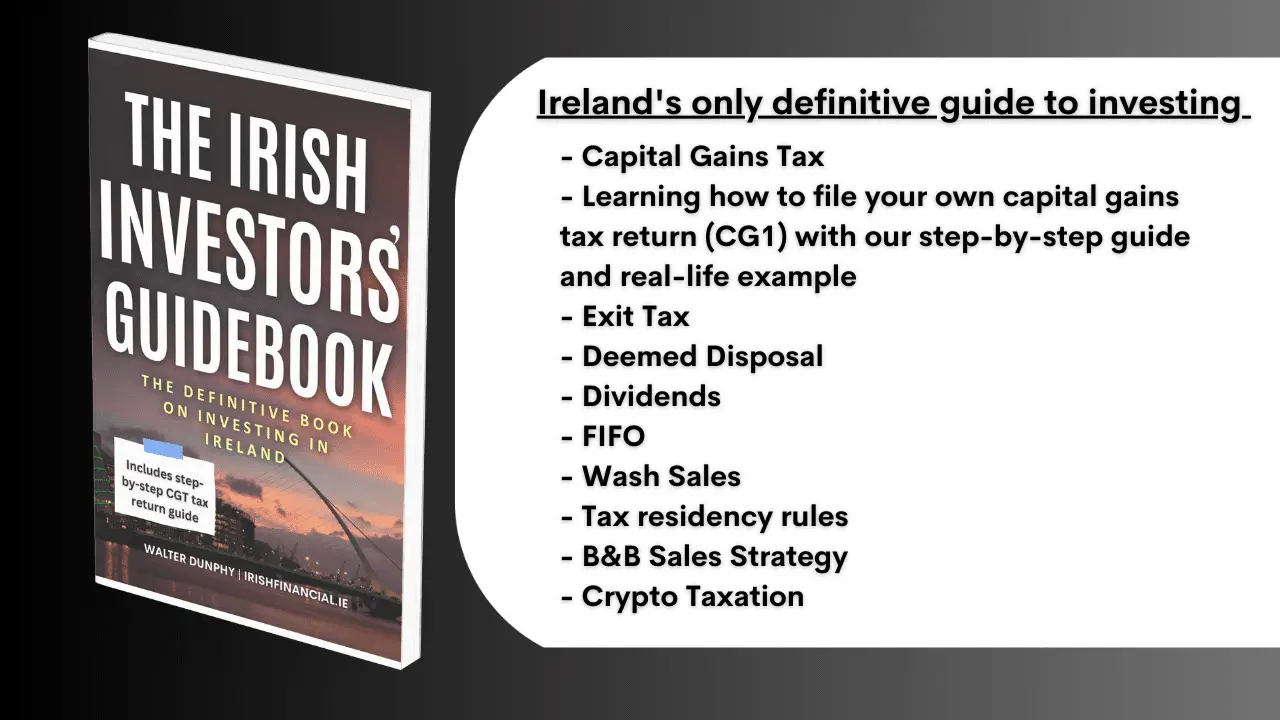One of the biggest rookie mistakes that you can make when you begin investing is to completely ignore the impact that shifts economic indicators such as interest rates, inflation, forex movements, etc can have on your portfolio’s return. Anyone who invested in tech stocks with lofty valuations over the past couple of years will now know exactly what I am talking about.
In this blog post, we will talk about what are some key economic indicators to keep an eye on, as well as how you can begin to read these indicators, analyse, and take advantage of investment opportunities.
Don’t look at your stocks in isolation
I like to visualise my investments like they are plants. If the weather conditions are perfect, then most plants will thrive if given the right amount of maintenance and watering. But when there is a drought many, but not all, plants will die so I need to choose far more carefully what plants I want in my garden (PORTFOLIO).
The same can be said for stocks, you need to know what industries and companies are likely to perform well in each different business cycle, rate environment, etc.
Companies do not live in isolation from the economic environment that surrounds them; they are heavily affected by it, so you would be a fool to ignore it too.
Types of economic indicators worth tracking
While there is nothing we can do about black swan events such as the pandemic and 9/11 that can make a massive dent in our returns, we can routinely track and analyse a multitude of economic indicators and make adjustments to our portfolio to reflect our analysis and take advantage of any glaringly obvious opportunities they pose.
Not all economic indicators are equal, some will only give us information about what has already happened, others will give us an indication about what is happening or about to happen in the economy. There are 3 key categories that you can break down these indicators by; leading, coincident, and lagging indicators.
Leading Indicators: These are economic indicators that change right before the economy starts to follow a particular trend. They are used to predict future economic activity, such as booms and busts.
Examples include; stock market indices, consumer sentiment, new house builds, Purchasing Managers’ Index (PMI), commodity prices.
Coincident Indicators: These are economic indicators that change at the same time as the economy or a specific industry. They reflect the current state of the economy or industry and are often used to confirm trends identified by leading indicators.
Examples include; Retail sales, new jobless claims, and personal income levels.
Lagging Indicators: These are economic indicators that change after the economy, or a specific industry has already started to follow a particular trend. They are used to confirm trends that have already occurred.
Examples include; Interest rates, unemployment rates, earnings reports from publicly traded companies, Inflation, GDP, and inventory levels of businesses.
The hard part is the analysis
So now you know some of the basics, this is where the hard part starts. You now need to try and analyse all of this data and spot some trends that can inform your investing decisions.
It is common to get disheartened at this stage when you realise how difficult a task it can be to find these trends as and before they happen. What you need to realise is, there is unlikely anyone on the planet with all the skills to accurately predict the next investing trends and opportunities.
My advice would be to start small I really like the following graphic, which was created by the WealthInsider YouTube Channel. It gives you an idea of what stocks perform well in times of high/low interest and inflation.
This graphic was created, before the current inflation crisis and sharp rise in interest rates. While there is no way this can be true for every stock, it has been fairly accurate in predicting the performance of certain industries. As with everything though, take it with a pinch of salt and do not base your investment decisions on a single data point.
Disclaimer: This blog post is for informational and educational purposes only and should not be construed as financial advice.






